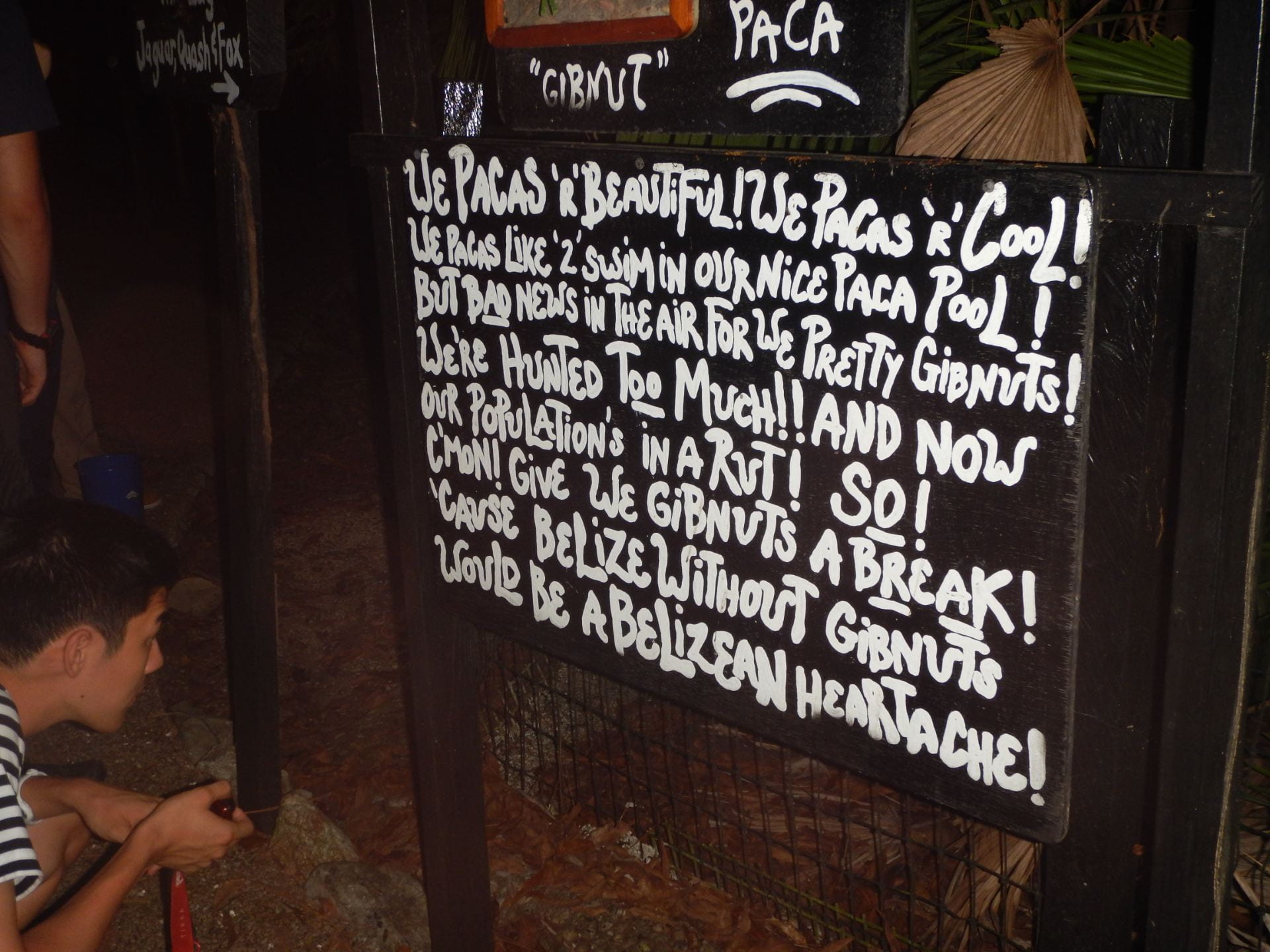Today we left Las Cuevas very early in the morning. From there, we drove three hours to the ATM cave. ATM is an abbreviation for a Mayan phrase Actun Tunichil Muknal meaning roughly a cave with a stone tomb in it (or, Cave of the Stone Sepulcher). We crossed a river several times and then had to swim into the cave—the water was too deep to wade. After winding through several half-submerged crevasses, we climbed up a steep “cliff” of rock and were asked to remove our water shoes. The reason for this was that people without shoes on are more careful about where they step.
We saw increasing levels of Mayan artifacts after that point, which were sacrifices they made primarily to the rain god. The age of these artifacts was from 700 to 900 AD. First, there were pot shards, then whole pots (they would puncture a hole in them to make sure they would not be taken and reused). After that, we saw a bowl of a type used for bloodletting ceremonies, then finger bones, then a skull. Then the skull of a baby. Then, finally, in the last chamber we entered, we found an entire skeleton that looked as though it had fallen into position.
The escalating sacrifices may have been caused by increasing levels of drought and hardship caused by increasing deforestation. The Maya turned to the rain god, and the way they knew to appease the god was to sacrifice. They raised the value of the sacrifice and would go deeper into the cave because the caves are considered to be closer to the underworld.
When we arrived at the Tropical Education Center, our intermediate stop between the Las Cuevas Research Station and Glover’s Reef, I immediately noticed the birds. There were a couple of flycatchers similar to the Social Flycatchers we saw at Las Cuevas nesting in a Caribbean Pine (Pinus caribbaea). One fo the nesting pair was sitting next to the nest, and the other in a nearby trumpet tree (Cecropia peltata). The pines are much more common here—the only one I remember from Las Cuevas was in the clearing, and may have been planted. The reason the pines are more common here is that we are in a different region here, the Pine Savannah. This is the same region we went through to get to Las Cuevas, where the savannah was burning in patches because it is still the end of the dry season.
We went on an evening tour of the zoo, and we each held a boa constrictor to pose for a picture. Then , we looked at the different animals in the zoo. While we were looking at the owls, trying to get a good picture through the wire mesh, there was a sound behind us of leaves crunching. Apparently I dismissed it, which is alarming, because when we turned around, Scott pointed out that the jaguar in the opposite cage had been stalking us! As it turned out, more likely it wanted to be fed, and on command it performed an obstacle course and then a series of somersaults each for the reward of a small piece of meat. The incredibly strong jaws of a jaguar can kill prey by crushing the skull!


-Amy
